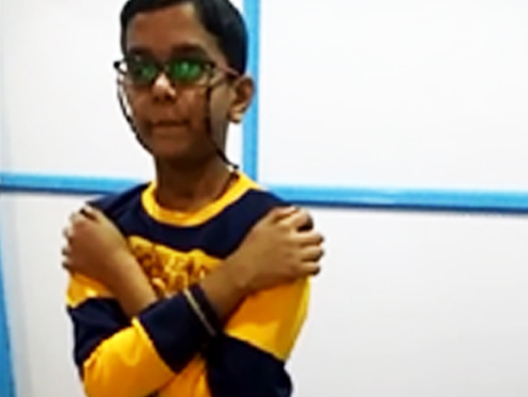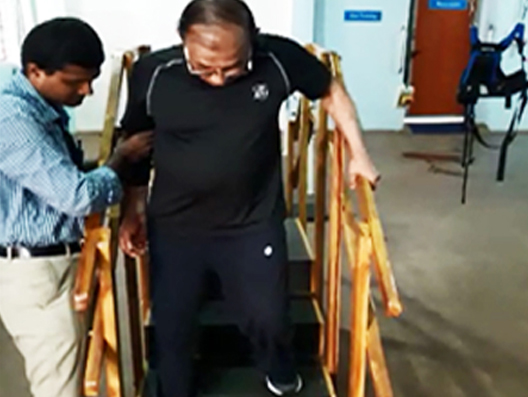Post Stroke Rehabilitation
What is post-stroke rehabilitation?
Rehabilitation helps stroke survivors relearn skills that are lost when part of the brain is damaged. For example, these skills can include coordinating leg movements in order to walk or carrying out the steps involved in any complex activity. Rehabilitation also teaches survivors new ways of performing tasks to circumvent or compensate for any residual disabilities.
Individuals may need to learn how to bathe and dress using only one hand, or how to communicate effectively when their ability to use language has been compromised. There is a strong consensus among rehabilitation experts that the most important element in any rehabilitation program is carefully directed, well-focused, repetitive practice—the same kind of practice used by all people when they learn a new skill, such as playing the piano etc.
Rehabilitative therapy begins in the acute-care hospital after the person’s overall condition has been stabilized, often within 24 to 48 hours after the stroke. The first steps involve promoting independent movement because many individuals are paralyzed or seriously weakened. Patients are prompted to change positions frequently while lying in bed and to engage in a passive or active range of motion exercises to strengthen their stroke-impaired limbs. ("Passive" range-of-motion exercises are those in which the therapist actively helps the patient move a limb repeatedly, whereas "active" exercises are performed by the patient with no physical assistance from the therapist.)
Depending on many factors—including the extent of the initial injury—patients may progress from sitting up and being moved between the bed and a chair to standing, bearing their own weight, and walking, with or without assistance. Rehabilitation nurses and therapists help patients who are able to perform progressively more complex and demanding tasks, such as bathing, dressing, and using a toilet, and they encourage patients to begin using their stroke-impaired limbs while engaging in those tasks. Beginning to reacquire the ability to carry out these basic activities of daily living represents the first stage in a stroke survivor's return to independence.
For some stroke survivors, rehabilitation will be an ongoing process to maintain and refine skills and could involve working with specialists for months or years after the stroke.


